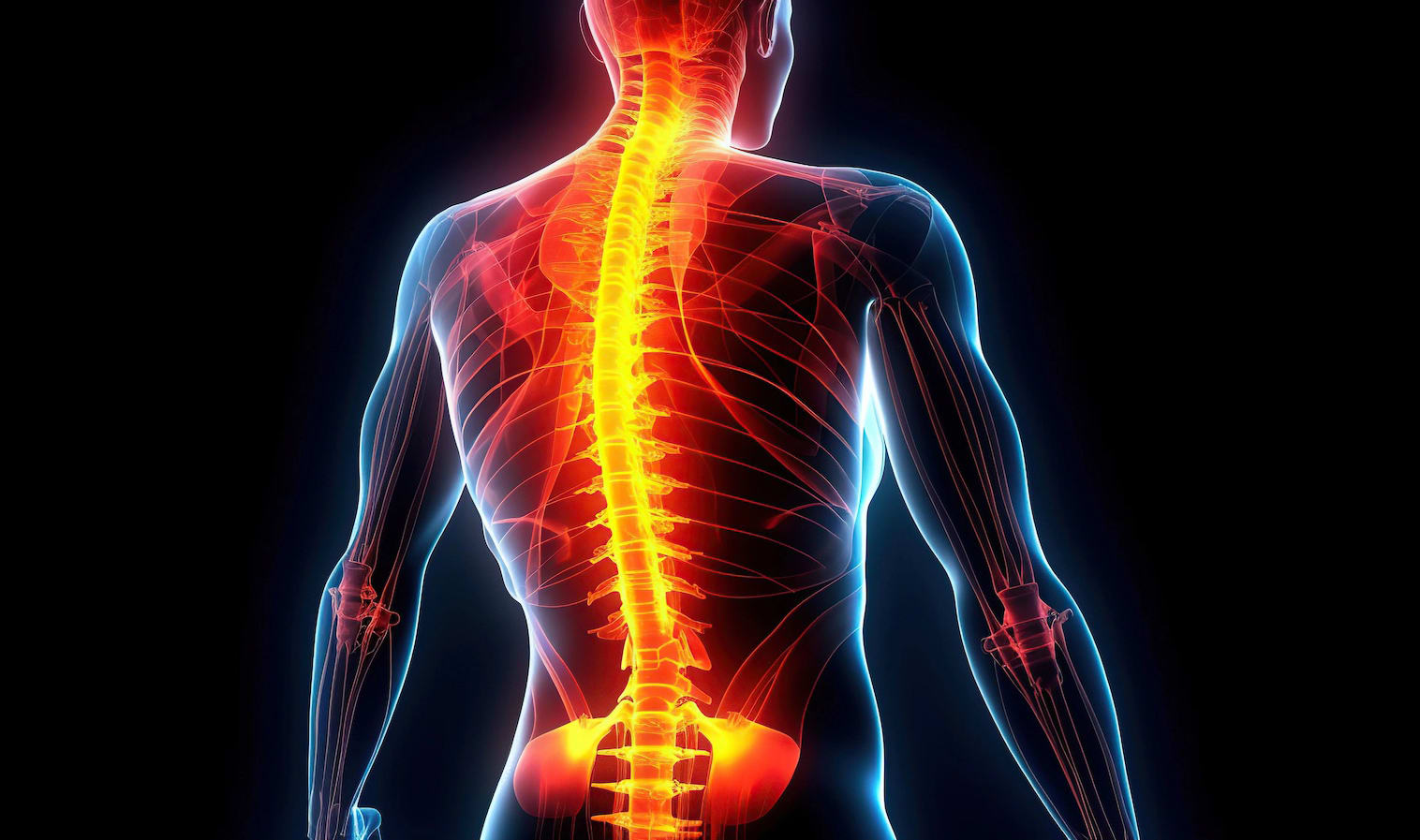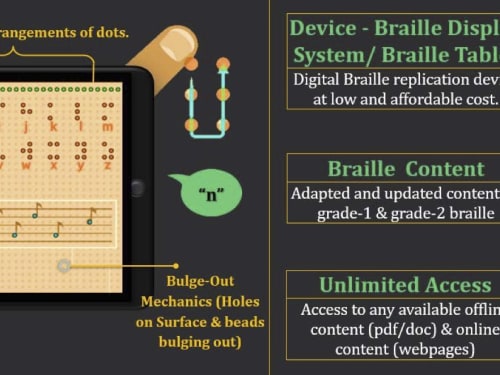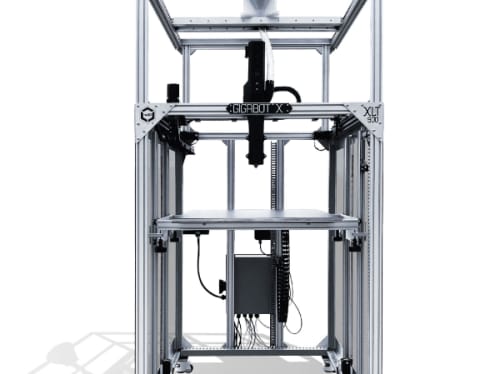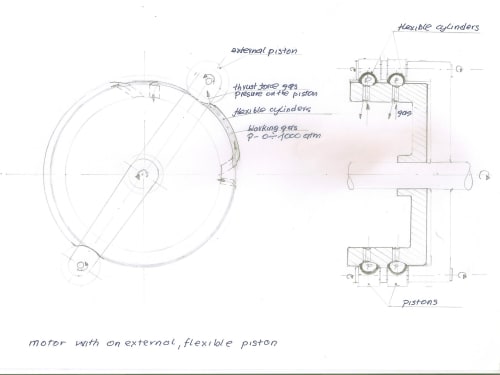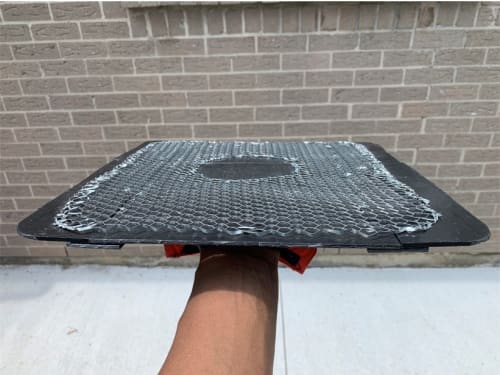The 2025 Contest is Now Open for Entries!
Submit your best new product ideas in any of seven categories for a chance at $25,000 USD and other great prizes. Here’s how to get started.
Help build a better tomorrow
Since Tech Briefs magazine launched the Create the Future Design contest in 2002 to recognize and reward engineering innovation, over 15,000 design ideas have been submitted by engineers, students, and entrepreneurs in more than 100 countries. Join the innovators who dared to dream big by entering your ideas today.
Read About All the 2024 Winning Inventions

Special Report spotlights the eight amazing winners in 2024 as well as honorable mentions in each category, plus the top ten most popular entries as voted by our community.
Click here to read moreA ‘Create the Future’ Winner Featured on ‘Here’s an Idea’
Spinal cord injury affects 17,000 Americans and 700,000 people worldwide each year. A research team at NeuroPair, Inc. won the Grand Prize in the 2023 Create the Future Design Contest for a revolutionary approach to spinal cord repair. In this Here’s an Idea podcast episode, Dr. Johannes Dapprich, NeuroPair’s CEO and founder, discusses their groundbreaking approach that addresses a critical need in the medical field, offering a fast and minimally invasive solution to a long-standing problem.
Listen nowThank you from our Sponsors
“At COMSOL, we are very excited to recognize innovators and their important work this year. We are grateful for the opportunity to support the Create the Future Design Contest, which is an excellent platform for designers to showcase their ideas and products in front of a worldwide audience. Best of luck to all participants!”
— Bernt Nilsson, Senior Vice President of Marketing, COMSOL, Inc.
“From our beginnings, Mouser has supported engineers, innovators and students. We are proud of our longstanding support for the Create the Future Design Contest and the many innovations it has inspired.”
— Kevin Hess, Senior Vice President of Marketing, Mouser Electronics
contest
Contest
Space Engine Systems Inc. (SES), headquartered in Edmonton, Canada, is currently building the HELLO-1 Experimental, a Mach 5 Hypersonic vehicle using Air Breathing Turbo-Ramjet engines. The vehicle is undergoing full scale ground testing in preparation for flight testing this year.
The biggest challenge to success in hypersonic flight, for both commerce and defence, is heat.
Introduction
BlisCare is an EdTech innovation that aims to provide affordable digital education solutions for visually impaired students with a Digital Braille Display System (Braille Tablet) which can replicate at real time into digital braille (in the form of Digital Tablet) that will replicate any text, graphical diagram to standard Braille, at affordable cost.
Currently, it is not possible to live without electricity. Our lifestyles influence this resource consumption. Indeed, each one of us with his attitude and mores imposes a certain profile to electrical consumption. This project aims to develop a solution that allows smart remote measurements of electricity consumption.
Debris in orbit is a growing problem. Moving at roughly Mach 25, even a loose screw can inflict catastrophic damage if it collides with a small satellite, creating more debris that can impact other spacecraft. Efforts to deal with this have treated debris as trash,
While experimenting with three phase, a single phase was created, proving to me that single phase is the answer. Then, from deep understanding, ten phase back to single showed great increase in potential.
From a rotor of seven same facing equidistant magnets centered within a coil arrangement of ten neighboring coils ten single phases of electricity are created.
The presented engine design with an external piston combines the advantages of a classic engine with a gas turbine, i.e. high efficiency, low weight and small dimensions. It is a multi-fuel engine and it allows the use of high pressure compressed gases.
A concept has been developed for the year 2050 that shows the possibility of people connecting to each other through means of transport that is a shared mobility. The scenario is based on the new way of living in the changed environment in the year 2050. It shows people's new travel experience.
Too often during the puttying process one has to climb a 10' ladder with the putty bucket or the competition putty board/pan in one hand and the putty knife in the other, only to find that while on top of said ladder, you need both hands free to perform another task. Well,
The presented concept of an inertial drive, a spaceship-robot, enables the development of backlight speeds and very high accelerations and, which is very important, also delays, i.e. the practical braking of the ship when approaching the planet. Currently, the recoil force is used to propel spacecraft, which has its limitations in the achievable speed and range of rockets.
Page 117 of 990
